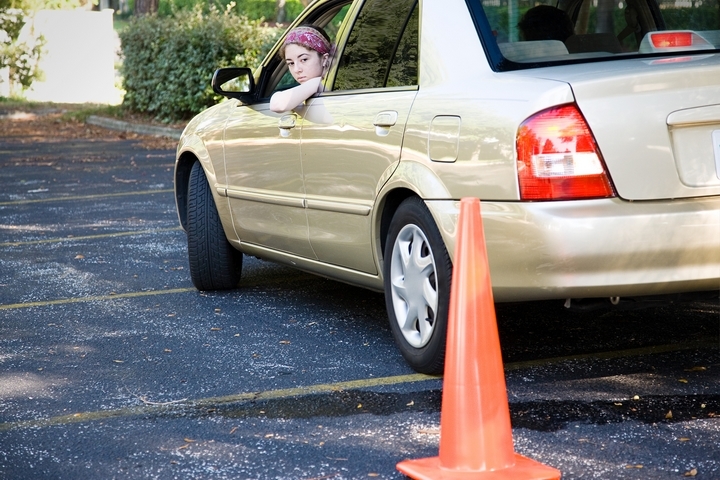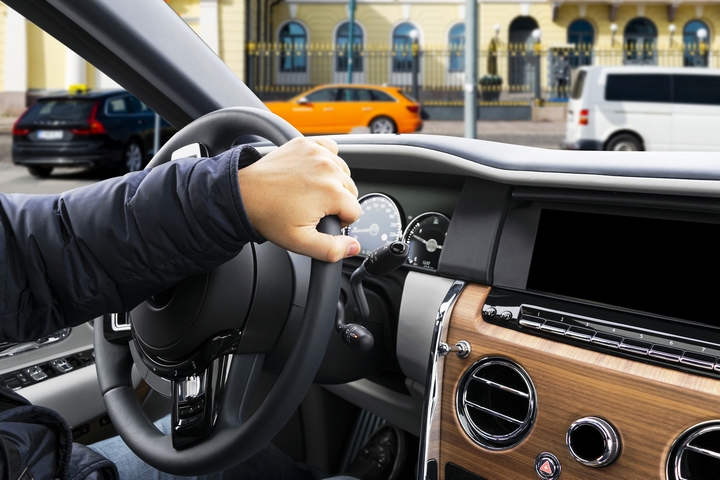Reverse parking is unavoidable. Like everybody, you probably dislike the feeling of squeezing into a tight spot between two cars. Of course, reversing into a parking spot is much more complicated than driving forward. However, to avoid circling the block in search of perfect parking, you are better off learning the technique of reverse parking.
There will come a day where you will have to reverse park, and if you haven’t been practicing, you will have a hard time trying to fit in the spot. You need to master the art of reverse parking as it looks complicated, but in motion, it isn’t. If you are nervous with reverse parking on major and busy roads, try to practice in remote locations until you are comfortable with maneuvering your vehicle.
Once you practiced and learned the technique, you are on your way to reverse park even in tight spots. Here are a few more recommended reverse parking tips without any hassles:
1. Suitable Space

Drive and find a suitable parking spot for your vehicle. The space needs to be accommodating enough for you to reverse park. Sometimes, this may be hard as parking spots are made narrow these days. And if you try to you reverse park, you will find that you cannot open your car door properly. Make sure that the spot is big enough to accommodate your vehicle. The space should give you enough room to open your door and step out without struggling.
2. Prepare Your Vehicle

When you find the perfect spot, start preparing your vehicle to reverse. There are white lines that divide the parking spots. Use these lines as a guideline to maneuver your vehicle into position. Check if the two vehicles at the side of the open spot are parked fully within their white lines. This will make it easy to reverse into the parking.
You should also check for vehicles driving through and ensure there are no pedestrians in the area, including obstacles within the parking spot. Once you have confirmed that the area is clear, start preparing to align your vehicle to the while lines.
3. Position Your Vehicle

This is one of the tougher reverse parking tips to get right. Slowly position your vehicle so that it is in line with the parking aisle. Remember to use your indicator and mirrors to check for activities while you are trying to position your vehicle.
It is always good to keep your signal lights on throughout the procedure. Reverse parking may not be straightforward. There will be times when you have to reverse in an angle. This can be tricky. With proper steering and positioning though, you can reverse park without difficulties.
4. Adjustment

When you reverse and reach to the back, you will notice that you may have to make some adjustments to allow for your doors to open. You also want to keep sufficient space between you and the vehicles at the side. Drive ahead and make adjustments with your steering wheel to correctly position your vehicle, making sure it is in the center of the parking aisle.
5. Maneuver Check

Reverse parking requires full concentration and constant checking as you maneuver your vehicle. During the procedure, you might have to get out of your vehicle to check that you will not touch the other vehicles. Make corrections as needed to position your vehicle accurately. This means you might have to drive forward to make more adjustments as you reverse back into the parking spot.
6. Reverse Park Your Vehicle

There can be times reverse parking is easy than it looks. It is simple, and you just have to familiarize yourself with the technique. When you reverse, ensure all adjustments have been made and that your vehicle bumper is six inches away from the end of the parking spot.
You should also be careful not to continue reversing until your vehicle hits the curb or worse still the vehicle behind you. Watch out for any obstacles such as a concrete abutment, pavement, shopping cart or light poles. Keep your eye on your outside mirrors to judge your distance.
7. Steering Wheel

Steering your wheel properly can make a big difference when you reverse park. You should practice your steering to avoid having to move forward and re-adjust several times. Try to steer your wheel in small amounts to allow you to react as needed as you adjust your vehicle.
8. Space Evaluation

Once you park and leave your vehicle, make sure you evaluate the distance between the two cars at the left and right. In addition, check if your vehicle is not obstructing ongoing vehicles. The best is to park accurately within the guidelines of the parking spot. Don’t forget to straighten your steering wheel. There should be sufficient space for the occupants of the vehicles at the side of you to enter and exit using their doors. This final check prevents the other car door banging into your vehicle and causing damage.




